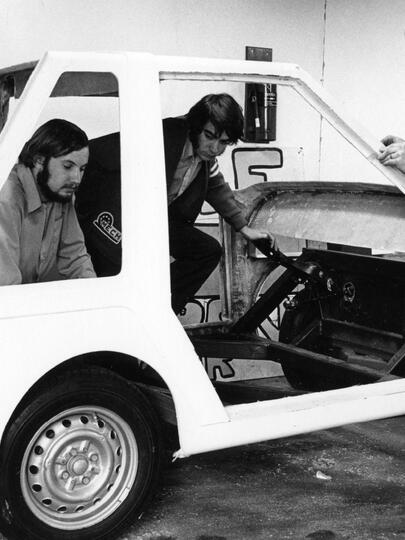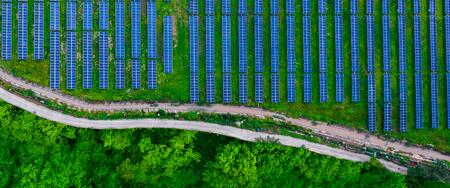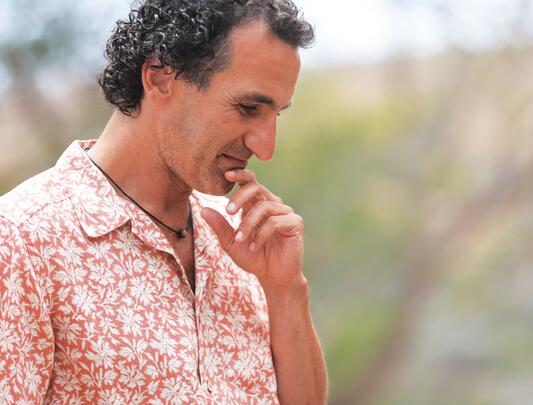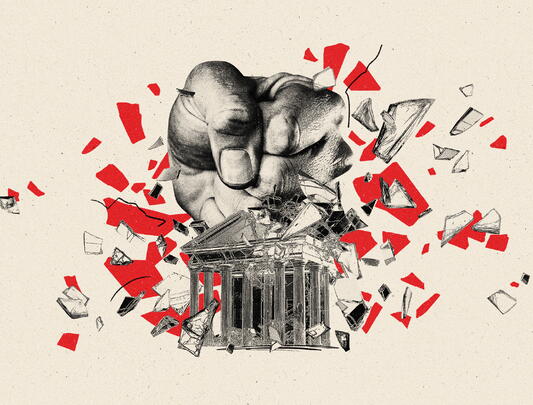
Illustrations by Rebecca Clarke
Collective Wisdom
What developments in the transition to clean energy make you most optimistic?
One pressing question, multiple expert perspectives.
Clean energy is economically viable
XIAOTAO (TONY) BI
Professor of Chemical and Biological Engineering; Director, UBC Clean Energy Research Centre
Firstly, the cost for generating solar and wind power has fallen to a level comparable to or even lower than thermal power. Solar and wind have become viable and are deployed globally, including in developing countries.
Secondly, the price of electric vehicles made in China has become comparable to internal combustion engine vehicles, largely due to the drop in battery cost. As a result, most taxis in China are now EVs, making them affordable and accessible for low‑income consumers.
And thirdly, the development and deployment of sustainable aviation fuel and low‑carbon fuels (green methanol and renewable diesel) for aviation and marine transport show industry commitment and great potential for decarbonizing difficult‑to‑decarbonize sectors.
The remaining challenges in electrification are rapid market expansion and the supply of stable green electricity. With its abundant and renewable forest and agriculture resources – such as forest residues and rapeseeds – Canada could play a leading role in developing and implementing biofuel technologies and markets.
Opportunities exist (but must be seized)
KATHRYN HARRISON, PhD’93
Professor of Political Science; Brenda and David McLean Chair in Canadian Studies
Alas, I’m both optimistic and pessimistic. Let’s start with the optimism. The good, indeed great, news is that the costs of generating electricity from wind and solar and battery storage have all dramatically declined over the last 10 to 15 years. That’s especially important because as we transition from fossil fuels to clean electricity to power our industries, heat our homes, and charge our vehicles, we will need to at least double our electricity capacity. A major study by the Canadian Climate Institute projected that as we transition to clean electricity, the share of household budgets spent on energy will decline.
With all that good news, why am I also pessimistic? The cost-of-living crisis driven by the pandemic, the war in Ukraine, and housing prices has displaced voters’ attention to the climate crisis. In response, fossil fuel interests and populist politicians have taken advantage of very real affordability concerns to pin the blame on climate action, undermining public support for climate policies. The opportunities are there, but we’re not seizing them.
Indigenous Peoples are taking back power
TERRI-LYNN WILLIAMS-DAVIDSON, BSc’90, LLB’95, LLM’22
Citizen of and General Counsel to the Haida Nation; Co‑Principal Investigator, Canada Climate Law Initiative
The engagement of Indigenous Peoples has transformed from a scenario of absent or token consultation, to inclusion as “stakeholders” in negotiations, to benefit‑ and revenue‑sharing agreements, to finally recognition as authorities whose consent is required. Today, Indigenous Peoples are poised to be leaders in the transition to clean and renewable energy.
Indigenous energy projects are fundamentally about Indigenous sovereignty – literally, we are taking back power – and we are doing it according to our own values, principles, and laws. These just transitions will help overcome the challenges that have plagued much of industrial society, which has evolved as if nothing is connected. Indigenous Peoples know that everything is connected, and Indigenous laws reflect this worldview.
I therefore take encouragement from observing the resurgence of Indigenous law around the world. Only a holistic approach premised on relationships and responsibilities can support Indigenous-led renewable energy projects that foreground community wellness, heritage protection, ecological and spiritual health, community capacity, and Indigenous youth mentoring and leadership.
Students are committed to a different future
ZERRIFFI HISHAM
Professor of Forest Resources Management; Associate Dean, Equity, Diversity and Inclusion
The temptation is to talk about the amazing developments in technology over the last few years – and the decline in solar power costs or the expansion of electric vehicles as our power grids decarbonize do provide much to be optimistic about. But the primary cause for my optimism is actually an approach I take with my students that some call “hopeful alarm”: being aware of the threat that climate change already poses and how it will be worse the higher we let temperatures increase (“alarm”). But also recognizing that we have many of the solutions we need (“hopeful”).
Even more important is a commitment to making the deep changes needed to avoid the worst that climate change may bring, with the acknowledgement that those “solutions” are not just technological but also societal. We make the rules that determine our future, and so many of my students are deeply committed to a future that looks different. While that burden should not be only on their shoulders, it does give me hope to balance out the alarm.
Renewables are dominating
CAROL LIAO, LLB'03, LLM'10, PhD'16
Associate Professor of Law; Sauder Distinguished Fellow; Co-Director, UBC Centre for Climate Justice; Chair, Canada Climate Law Initiative
I’m feeling very positive about the pace of solar and wind generation, which has outpaced fossil gas and coal powered generation in some regions and is forecasted to have exponential growth for the rest of the decade. Advances in solar cell efficiency, wind turbine technology, and economies of scale are helping to make renewable energy the cheapest and most dominant source of new power generation, as costs have dropped dramatically in the last decade.
Some legal and regulatory inroads in sustainable mining have been helpful in accompanying the accelerated demand for critical minerals in this energy transition. New breakthroughs in energy storage efficiency, including new battery technologies and charging infrastructure, have been game changers. The electric vehicle revolution has been a major contributor to reducing emissions in the transportation sector, and while there is still a long way to go, fossil fuel powered vehicles are really giving way to a more sustainable, electric-driven world. So, while at times it feels like our world is awash in crises, there is always still hope.
Our relationship to energy is shifting
NAOKO ELLIS
Professor of Chemical and Biological Engineering; Associate Director, UBC Clean Energy Research Centre
The exponential growth in ingenuity around clean energy and our collective willingness to seek alternative forms of energy are both extremely hopeful. When we engage with our students, they bring a fresh perspective and a drive to make a difference. They are ready to be at the centre of innovation. We see this firsthand when they join various student clubs to think outside the box and beyond their disciplines to tackle challenges. They are critical and pragmatic. They know we cannot waste any time, while understanding that energy transition takes time and can be complex.
Energy, after all, is a currency of life. How might we shift our relationship to energy? It starts with being curious and open to learning. While technological advancement accelerates, we are asked to collectively and continuously shape our energy kinship. “Transition” means it is going to be messy. We may make mistakes, through which we create opportunities to learn. Energy transition gives us a chance to work together and multiply human possibilities.




































